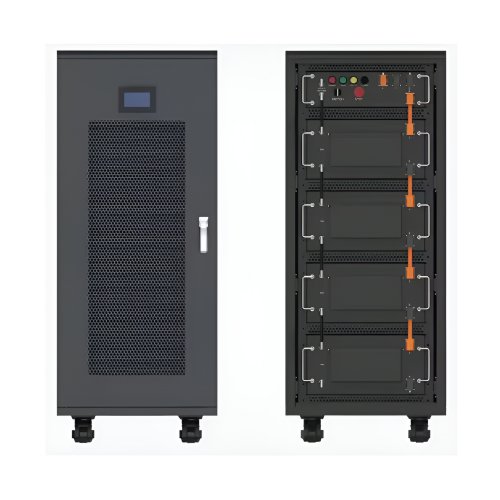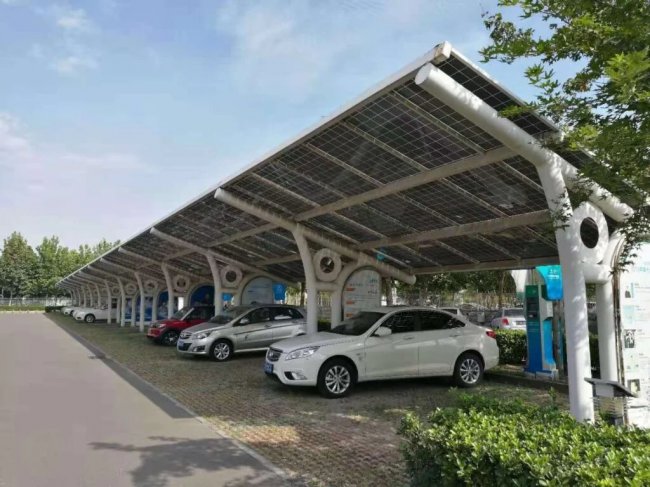Advances In Lithium Diffusion: Unlocking Next-generation Battery Technologies
Lithium diffusion is the fundamental kinetic process governing the performance of lithium-ion batteries (LIBs), the cornerstone of modern portable electronics and electric vehicles. The rate at which lithium ions can move within the electrode materials and across interfaces directly dictates critical metrics such as charge/discharge rates, energy density, power output, and cycle life. Recent years have witnessed significant breakthroughs in understanding, characterizing, and engineering lithium diffusion pathways, paving the way for a new era of high-performance energy storage systems. This article reviews the latest research progress, key technological advancements, and future perspectives in this vital field.
Novel Characterization Techniques and Computational Insights
A major driver of recent progress has been the development and application of advanced in situ and operando characterization techniques. These methods allow researchers to observe lithium diffusion in real-time under operating conditions, providing unprecedented insights. For instance, in situ solid-state nuclear magnetic resonance (ssNMR) spectroscopy has been employed to quantify Li+ hopping rates and identify different diffusion mechanisms in complex cathode materials like disordered rock-salts (Li et al., 2021). Similarly, operando neutron diffraction and transmission X-ray microscopy (TXM) have visualized lithium concentration gradients and phase boundary movement during cycling, revealing how microcracks and heterogeneities impede ionic transport.
Complementing experimental advances, computational modeling has become indispensable. Ab initio molecular dynamics (AIMD) simulations and machine learning (ML) potentials now allow for the highly accurate prediction of diffusion energy barriers and the identification of previously unknown migration pathways in novel materials. For example, high-throughput computational screening has identified several new solid-state electrolyte (SSE) candidates with predicted lithium ionic conductivities rivaling those of liquid electrolytes (Chen et al., 2022). These simulations have been crucial in understanding the role of crystal structure, lattice dynamics, and dopants in enhancing Li+ mobility.
Material Engineering for Enhanced Diffusion
The insights gained from characterization and modeling have directly informed the design of new materials with optimized lithium diffusion properties.
In cathodes, research has moved beyond traditional layered oxides (e.g., NMC). Lithium-rich manganese-based layered oxides (LRLO) show high capacity but suffer from voltage decay and slow diffusion, often due to oxygen loss and phase transformation. Recent work has shown that surface coating with spinel phases and strategic doping (e.g., with Ru or Mo) can stabilize the structure and create coherent internal interfaces that act as fast diffusion channels, significantly improving rate capability (Xie et al., 2023). For anodes, the development of alloy-type materials (e.g., Si, Sn) and conversion anodes is hampered by large volume changes that disrupt diffusion pathways. Constructing hierarchical porous structures and embedding active nanoparticles in a conductive, elastic matrix (e.g., graphene, carbon nanotubes) has proven effective in maintaining efficient ionic and electronic percolation networks throughout cycling.
The most transformative progress has occurred in the realm of solid-state electrolytes (SSEs). Overcoming the slow lithium diffusion across solid-solid interfaces is the primary challenge for solid-state batteries. Recent breakthroughs include: 1. Interface Engineering: The discovery that a thin interlayer (e.g., LiNbO₃ coating on LLZO) can dramatically reduce the anode/SSE interfacial resistance by promoting better contact and stabilizing the interface against lithium dendrite formation. 2. Novel SSE Compositions: The development of halogen-rich argyrodites (e.g., Li₆PS₅Cl) and sulfide-based glasses has yielded ionic conductivities exceeding 10 mS cm⁻¹, which is comparable to liquid electrolytes. This is achieved by creating structural frameworks with interconnected, spacious lithium migration pathways and highly polarizable anions that weaken Li+ binding (Wang et al., 2022). 3. Grain Boundary Optimization: Techniques like cold sintering and additive manufacturing are being explored to control the microstructure of polycrystalline SSEs, minimizing the resistance to Li+ flow at grain boundaries, which is often the main bottleneck for diffusion.
Future Outlook and Challenges
While substantial progress has been made, several challenges remain on the path to fully mastering lithium diffusion. Future research will likely focus on several key areas:
First, the multiscale modeling of diffusion from the atomic scale to the full cell level is essential. Integrating quantum calculations of migration barriers with mesoscale models of phase separation and macroscale models of cell performance will enable the predictive design of entire electrode architectures.
Second, deciphering the complexities of interfaces is paramount. This includes not only the electrode/electrolyte interface but also the interfaces between different phases within composite electrodes and at grain boundaries in polycrystalline materials. Understanding and designing interfaces with minimal resistance for Li+ transfer is critical.
Third, the pursuit of novel material systems will continue. Sodium and potassium-ion batteries, while operating on similar principles, present different diffusion challenges due to larger ion sizes. Lessons learned from lithium diffusion will be invaluable but must be adapted. Furthermore, the exploration of conversion cathodes (e.g., S, O₂) demands a fundamental understanding of lithium diffusion through complex reaction products.
Finally, the integration of artificial intelligence and machine learning will accelerate discovery. AI can analyze vast datasets from experiments and simulations to identify non-intuitive correlations between material composition, processing conditions, microstructure, and resulting diffusion coefficients, guiding the synthesis of next-generation materials.
In conclusion, the precise understanding and strategic engineering of lithium diffusion pathways represent the key to unlocking batteries with faster charging, higher energy, and longer life. The synergy between advanced characterization, powerful computation, and innovative material science is continuously breaking down the barriers to ionic motion, bringing us closer to the future of energy storage.
References (Examples):Chen, A., et al. (2022).Nature Materials, 21(4), 428-435. (On computational screening of SSEs)Li, Y., et al. (2021).Science, 374(6568), eaav6322. (On in situ NMR)Wang, S., et al. (2022).Nature Energy, 7(10), 956-965. (On halogen-rich argyrodites)Xie, Y., et al. (2023).Advanced Materials, 35(15), 2208302.
Customized/OEM/ODM Service
HomSolar Supports Lifepo4 battery pack customization/OEM/ODM service, welcome to contact us and tell us your needs.


HomSolar: Your One-stop LiFePO4 Battery Pack & ESS Solution Manufacturer
Our line of LiFePO4 (LFP) batteries offer a solution to demanding applications that require a lighter weight, longer life, and higher capacity battery. Features include advanced battery management systems (BMS), Bluetooth® communication and active intelligent monitoring.

Customised Lithium Iron Phosphate Battery Casing
ABS plastic housing, aluminium housing, stainless steel housing and iron housing are available, and can also be designed and customised according to your needs.

HomSolar Smart BMS
Intelligent Battery Management System for HomSolar Energy Storage System. Bluetooth, temperature sensor, LCD display, CAN interface, UART interface also available.


Terminals & Plugs Can Be Customized
A wide range of terminals and plugs can be customised to suit the application needs of your battery products.

Well-designed Solutions for Energy Storage Systems
We will design the perfect energy storage system solution according to your needs, so that you can easily solve the specific industry applications of battery products.



About Our Battery Cells
Our energy storage system products use brand new grade A LiFePO4 cells with a battery lifespan of more than 4,000 charge/discharge cycles.



Applications in Different Industries
We supply customized & OEM battery pack, assemble cells with wiring, fuse and plastic cover, all the cell wires connected to PCB plug or built BMS.
Applications: E-bike, Electric Scooter, Golf Carts, RV, Electric Wheelchair, Electric Tools, Robot Cleaner, Robot Sweeper, Solar Energy Storage System, Emergency Light, Solar Power Light, Medical Equipment, UPS Backup Power Supply.
We can provide you with customized services. We have the ability to provide a vertical supply chain, from single cells to pack/module and to a complete power solution with BMS, etc.


HomSolar (Shenzhen) Technology Co., Ltd
























